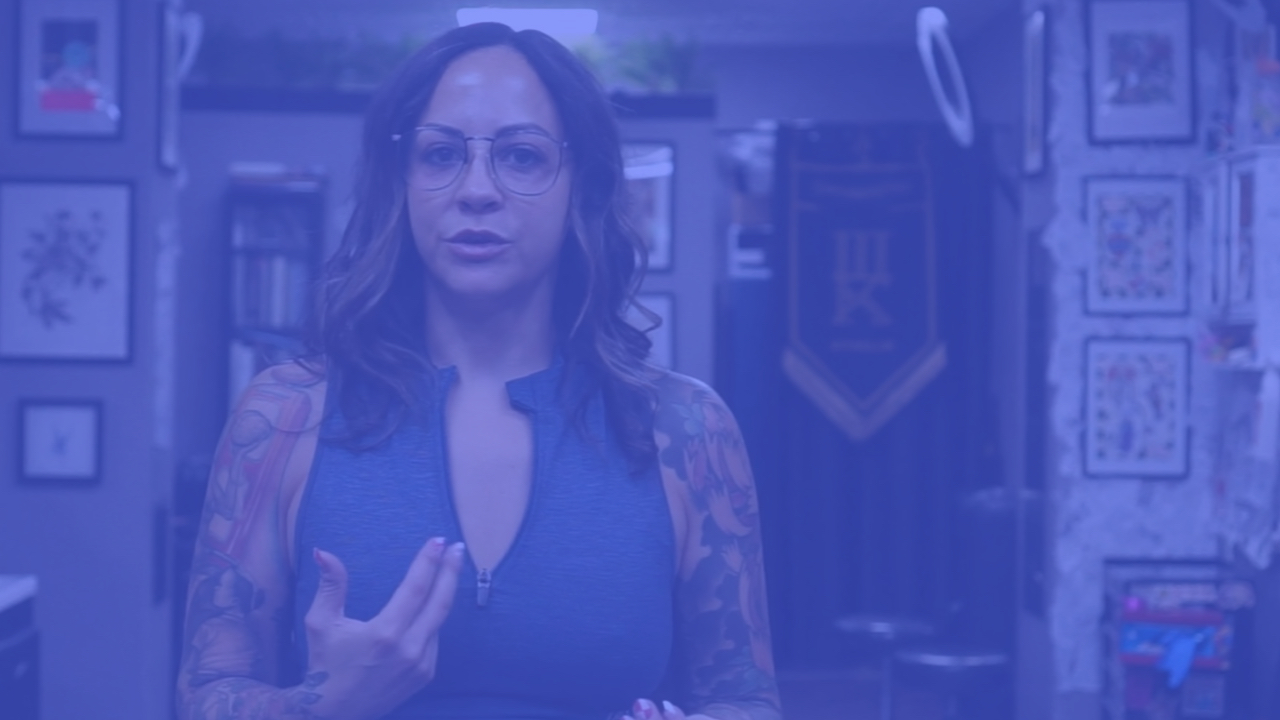Moving to the UK and Facing Unexpected Challenges
In 2019, I moved to the UK to open Three Kings London, the tattoo shop where I still work today. Before we officially launched, I was guesting at another shop and discussing my plans with a fellow artist when he asked a simple question that caught me off guard:
"Are you going to accept credit cards?"
It seemed like an obvious yes. Why wouldn’t I? Almost everyone uses cards or mobile payments these days. But his next statement made me pause:
"You’re going to need multiple card readers—one for each artist."
That sounded ridiculous. Surely, there had to be a better way. There was no way businesses were really expected to juggle multiple card readers. So, I brushed it off and moved forward with setting up my shop.
The Problem with Traditional Payment Methods
When we opened, I initially used iZettle (now Zettle by PayPal) because it was easy to set up and start taking payments. Customers could pay via card or phone if they didn't want to deal with cash.
To manage payouts, we accepted all payments into a single business account, tracked everything manually on a spreadsheet, and sent artists their share accordingly. It felt like everything was running smoothly—until my accountant made me aware of a major issue:
Any money that enters your business account is considered part of your turnover, even if you soon pass it on to someone else.
This meant if my shop reached the VAT threshold, I’d be responsible for paying VAT on the entire amount collected—including the portion meant for my artists. And dually, if an artist also hit the VAT threshold on their own earnings, they’d have to pay VAT again. Meaning you could end up paying double VAT on the same money.
That was completely absurd to me. Why should my business be taxed on money that wasn’t even mine? It made no sense, but it is the reality of how VAT and turnover are calculated.
The Cash-Only Experiment
To avoid this VAT issue, we decided to try a cash-only system. The idea was simple: cash was easy to take in the full amount without reporting so we'd be able to split it and report only the shops cut. This way, we could avoid paying VAT on artists’ earnings.
However, this created a huge inconvenience for customers.
- Most people no longer carry cash, preferring to pay with their phone or card.
- Many didn’t want to go to an ATM just to get money for a tattoo.
- If a client is willing to go to the ATM, sometimes they don't have enough money in them.
- We started losing customers who didn’t want to deal with the hassle.
Despite our best efforts, we quickly realised that cash-only wasn’t a sustainable option. It was frustrating, a lot of manual work and we lost too much business.
Clearly, we needed a better solution—one that allowed card payments while avoiding artist's money being counted towards out turnover.
Finding a Better Way
Determined to fix this, I started researching alternative solutions. I looked into various payment processors and accounting methods, but nothing really solved the problem at its core.
What I needed was a system that could split payments at the moment of the transaction—so the shop only received its rightful cut, and the artist got theirs directly.
While I found that what I wanted to do was possible with Stripe, it was only possible with a custom coded implementation.
That’s when I realised: if the solution didn’t exist, I had to build it myself.
The Birth of SplitSum
I started working with developers to create what would become the first version of SplitSum. We officially began using it at Three Kings in January of 2024, and it has completely transformed how we handle payments.
Now, when a customer pays, the system automatically splits the money at the source:
- The shop’s share goes to the shop.
- The artist’s share goes straight to them, including any tips.
This means that when we reach the VAT threshold, I will only pay VAT on my portion—not on my artists’ earnings. And if an artist reaches the VAT threshold on their own, that’s their responsibility, not mine.
It’s been a game-changer. The artists love it because they can log in and:
- See their transactions in real-time.
- Create their own payment links for appointment deposits.
- Have complete transparency over their earnings.
And I have peace of mind knowing that everything is handled automatically—no more spreadsheets, no more manual calculations, and no more headaches.
Why This Matters for Businesses Like Yours
SplitSum isn’t just for tattoo shops—it’s a solution for any business that works with independent contractors/self-employed staff and splits payments.
Whether you run a:
- Tattoo studio with multiple artists and/or piercers,
- Hair or Nail Salon with independent stylists,
- Beauty clinic with independent nurses, doctors and practitioners,
- Barber Shop with self-employed barbers,
…SplitSum ensures quick, transparent split payments.
This system has taken the stress out of contractor payment management for my shop, and I truly believe it can do the same for countless other businesses.
If you’re tired of manual calculations, manual payouts, VAT headaches, and payment confusion, SplitSum is here to help.
Try now for FREE for 14 days.





 Copyright © 2025 SS Pay Ltd T/A SplitSum
Copyright © 2025 SS Pay Ltd T/A SplitSum